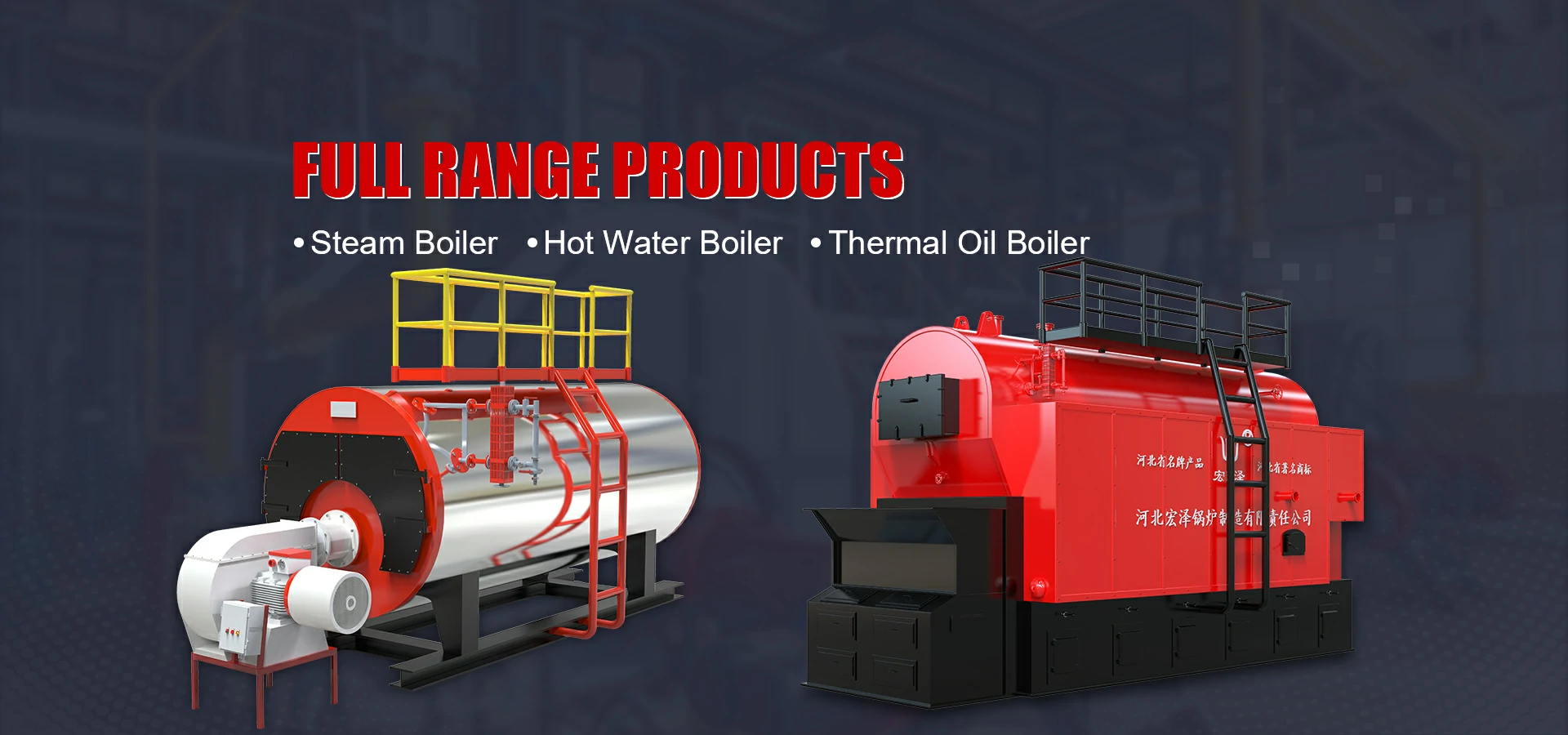
Oct . 17, 2024 23:55 Back to list
Optimizing Boiler Efficiency for Enhanced Steaming Performance and Reliability
The Essential Guide to Boiler Steaming Understanding the Process and Its Importance
Boiler steaming is a critical aspect of many industrial processes, utilized in power generation, heating systems, and various manufacturing sectors. Understanding the principles behind it can significantly enhance operational efficiency and safety. In this article, we will delve into the concept of boiler steaming, the various types of boilers, the steaming process, and the importance of effective boiler operations.
What is Boiler Steaming?
Boiler steaming refers to the process of converting water into steam using heat energy. This steam can then be used for various applications, from driving turbines in power plants to heating buildings in residential and commercial settings. The primary goal of this process is to generate steam that meets specific pressure and temperature requirements, depending on the application.
Types of Boilers
There are several types of boilers, each designed for different applications and operations
1. Fire-Tube Boilers These boilers contain hot gases that pass through pipes surrounded by water. The heat from these gases is transferred to the water, creating steam. Fire-tube boilers are typically used in low-pressure applications.
2. Water-Tube Boilers In contrast, water-tube boilers have water-filled tubes surrounded by hot gases. This design allows for higher pressure and temperature steam generation, making them suitable for power generation and heavy industrial applications.
3. Electric Boilers These utilize electric currents to heat water and produce steam. They are often used in smaller applications where electricity is more practical than fuel.
4. Biomass Boilers Utilizing organic materials as fuel, these boilers are gaining popularity due to their eco-friendly nature. Biomass boilers are often used in power generation and heating applications in both industrial and residential settings.
The Steaming Process
The steaming process in a boiler typically involves several key steps
1. Water Filling The boiler is filled with water, which serves as the primary medium for steam generation.
boiler steaming

2. Heating Fuel is burned to produce hot gases, which then transfer heat to the water. The burning process can utilize various fuels, including natural gas, coal, oil, or biomass.
3. Steam Generation As the water heats up, it begins to evaporate, forming steam. This steam rises to the top of the boiler.
4. Pressure Control The generated steam pressure is carefully monitored and controlled using pressure relief valves and other safety mechanisms to prevent potential hazards.
5. Steam Distribution Once generated, steam can be directed to turbines, heating systems, or other apparatuses as required for the specific application.
6. Condensation and Return After fulfilling its purpose, the steam condenses back into water, which is then returned to the boiler for reuse, enhancing efficiency.
Importance of Effective Boiler Operations
Understanding and managing boiler steaming processes is crucial for several reasons
1. Energy Efficiency Properly managed boilers operate more efficiently, reducing fuel consumption and operational costs. Regular maintenance and monitoring can help identify leaks, cover inefficiencies, and optimize performance.
2. Safety Boilers operate under high pressures and temperatures, making effective safety systems essential. Regular inspections and maintenance ensure that safety valves and other mechanisms are functioning correctly, preventing accidents.
3. Environmental Impact With a rising focus on sustainability, optimizing boiler operations can lead to reduced emissions. Transitioning to cleaner fuels or incorporating efficiency-enhancing technology can lower the carbon footprint of industrial processes.
4. Regulatory Compliance Many regions have strict regulations regarding boiler emissions and safety. Understanding boiler operations helps companies remain compliant, thus avoiding legal issues and fines.
In conclusion, boiler steaming is an integral part of many industrial operations. By understanding the types of boilers, the steaming process, and the importance of effective operations, industries can promote efficiency, safety, and sustainability, ultimately benefiting both their bottom line and the environment.
-
High-Efficiency Commercial Oil Fired Steam Boiler for Industry
NewsJul.30,2025
-
High-Efficiency Biomass Fired Thermal Oil Boiler Solutions
NewsJul.30,2025
-
High Efficiency Gas Fired Thermal Oil Boiler for Industrial Heating
NewsJul.29,2025
-
High-Efficiency Gas Fired Hot Water Boiler for Sale – Reliable & Affordable
NewsJul.29,2025
-
High Efficiency Biomass Fired Hot Water Boiler for Industrial and Commercial Use
NewsJul.29,2025
-
High-Efficiency Biomass Fired Hot Water Boiler for Industrial Use
NewsJul.28,2025
Related PRODUCTS






















